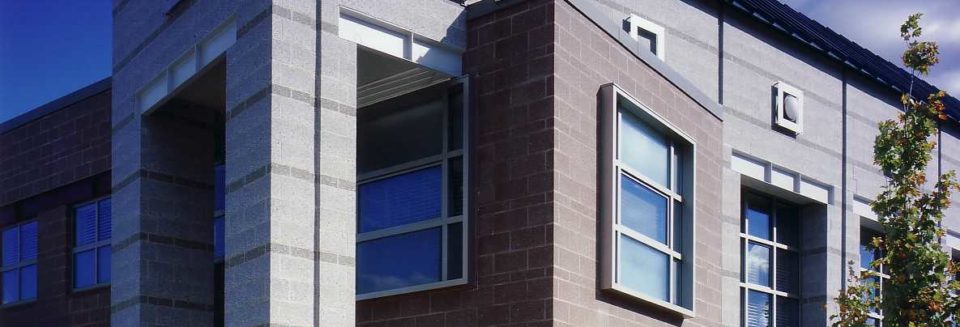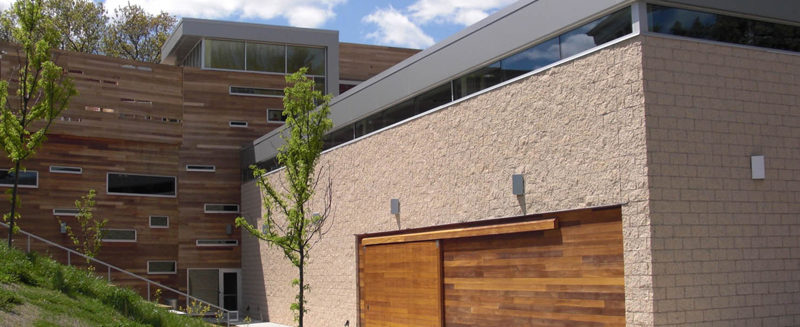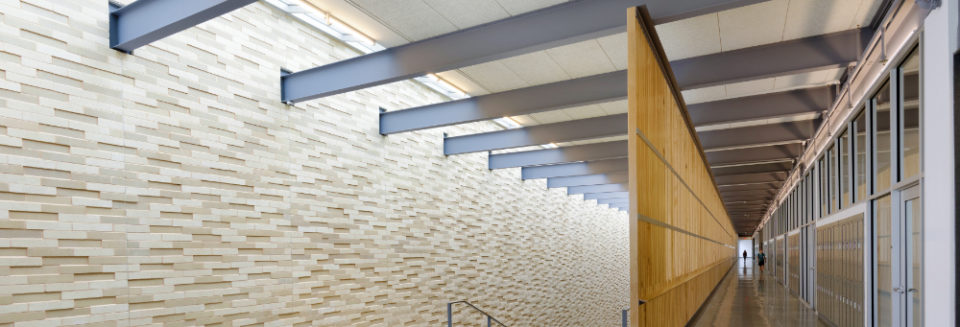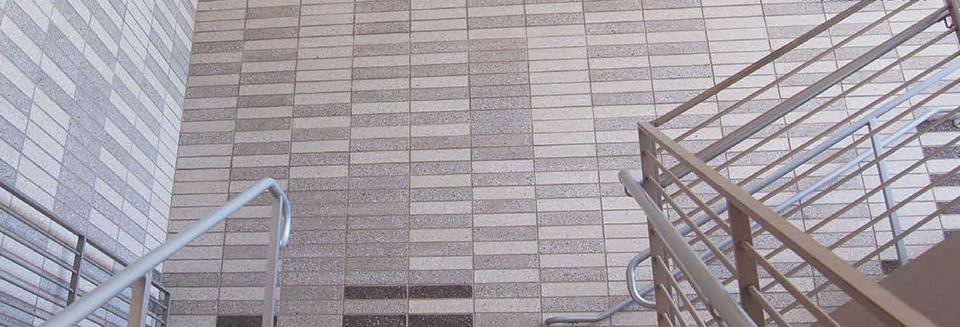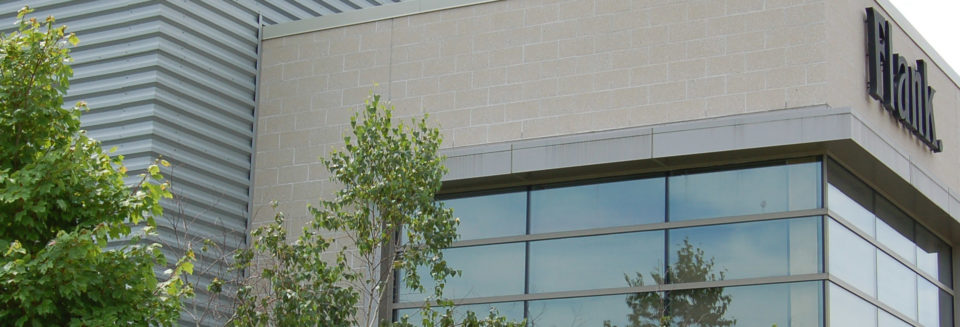
Q: I’ve heard that concrete masonry structures have low embodied carbon, is this true? Just checking…
-Green Washing Always Rejectable
A: Dear GWAR: Yes, this IS true, but not all concrete has the same embodied carbon. Concrete Masonry Units (CMU) are made with dry-cast concrete (zero-slump) which use less water and cement than poured-in-place concrete (typically referred to as wet-cast concrete). The unique structure of dry-cast concrete enables increased rates of...Read More

